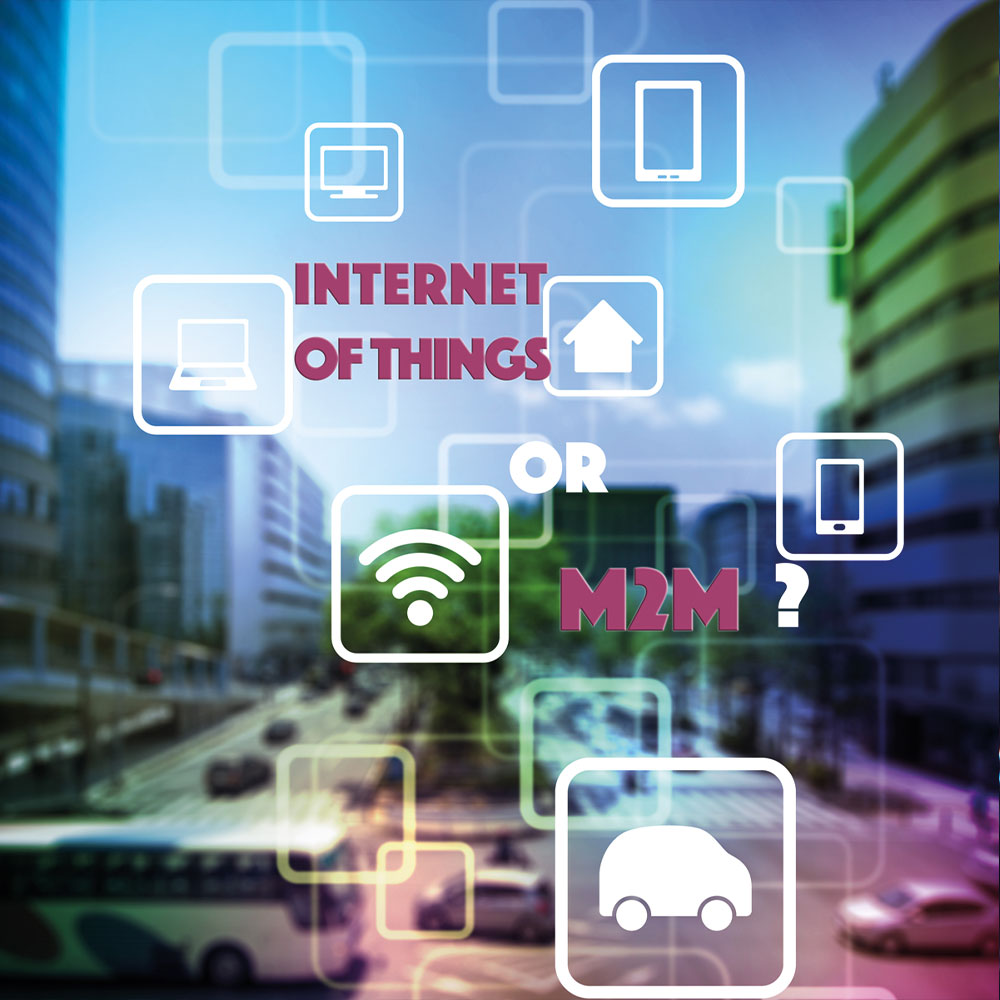Differences between IoT and M2M
Distinguishing between IoT (Internet of Things) and M2M (Machine to Machine) can be confusing as both terms relate to the connection of real-world devices to the Internet through wireless connectivity, sensors, and data collection and analysis. However, unraveling these terms reveals significant differences that provide insight into the essence of IoT and M2M. In this article, we will explore the meanings of these terms and highlight crucial considerations for makers when it comes to IoT and M2M systems for industrial applications. Additionally, we will delve into the significance of IoT architecture and the utilization of data analysis tools in this context.
Defining the IoT and 2M2 systems
By referring to “M2M,” we are focusing on systems that involve devices communicating with each other through wireless networks. These devices typically utilize embedded hardware components that are specifically designed for interaction within the system, but they have limited connectivity outside of that network. In M2M systems, data collection is often restricted and not accessible to a wider audience, thus limiting the potential for society-wide applications such as health monitoring networks. Additionally, M2M-style installations tend to employ bulkier and less flexible sensors, utilizing proprietary software and hardware that is tailored for specific use cases in specific locations.
The “IoT,” on the other hand, shares some similarities with M2M. It also involves devices communicating wirelessly with each other. However, it is important to note that there are some differences between the two. For instance, while M2M systems rely on embedded hardware, IoT systems may incorporate a broader range of devices, including IoT sensors, and utilize more advanced concepts such as the internet of things (IoT) architecture and data analysis tools.
What does the IoT offer that M2M doesn’t?
Given these differences, it is evident that the Internet of Things (IoT) architecture offers significant advantages over Machine-to-Machine (M2M) systems. One crucial benefit is the flexibility provided by IoT systems. With smaller IoT sensors and the ability to connect with a wide range of devices like laptops, payment terminals, smartphones, desktop PCs, routers, and TVs, the potential for creating innovative products and services is greatly enhanced. On the other hand, M2M remains a valuable technology in industrial applications that prioritize security and physical resilience. However, for applications such as monitoring swimming pool temperatures or tracking a runner’s stride length during a 10-mile run, the IoT architecture is more suitable. By leveraging IoT systems and utilizing data analysis tools, businesses can unlock the full potential of the Internet of Things.
